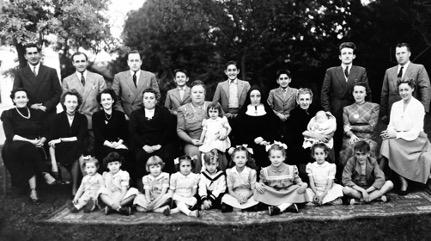Are You Listening? Do You See Me?
You and the tree in your backyard come from a common ancestor.
A billion and a half years ago, the two of you parted ways.
But even now, after an immense journey in separate directions,
the tree and you still share a quarter of your genes.
– Richard Powers, The Overstory
Trees respond to light—their very existence depends on photosynthesis. Research now finds that trees detect and emit vibrations, scents, sounds, and signals to communicate with each other through their leaves and root systems. Trees warn each other, care for kin, form alliances with and provide nutrients to other trees, and join underground symbiotic networks (the “wood-wide-web”), mimicking human neural and social networks.
Are You Listening? Do You See Me? responds to these findings. We see the tree above ground—surface roots, trunk, branches, leaves—while their root webs and chemical responses are silent and invisible.
Twisting and reaching, roots and branches mimic our reaching out for another person. The tree responds with chemicals and electrical impulses to damage to a limb or its hidden root network, as do human bodies in response to injury. The mature tree transfers its wisdom and protects the young; its loss is felt by the forest. The solitary tree is left weak, without a network. Does it yearn to be a part of a social network as do we?
Trees and humans are more alike than different. Like the tree that suffers when the invisible network and community bonds are broken, people too are often not heard, not seen, invisible—their human networks absent.
